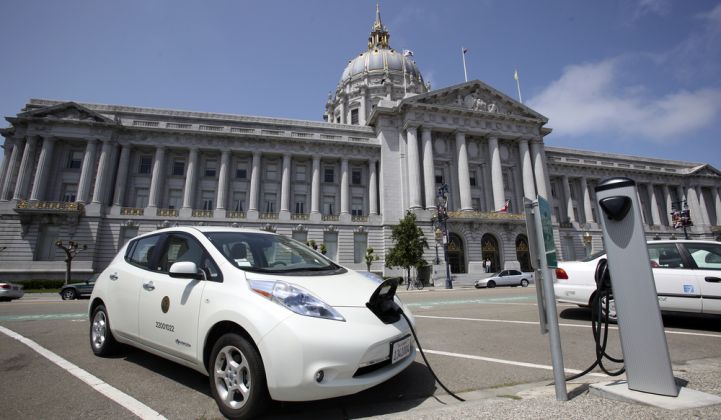
Charging EVs at off-peak times can generate significant savings for electric utilities and their customers, according to new research from the Illinois Citizens Utility Board (CUB). Published on March 27th, the report finds that smart charging programs could lead to big savings on household electric bills – even for people who don’t drive. Shared savings could reach upwards of $2.6 billion across Illinois by 2030 if regulations encouraging off-peak – usually midday or overnight – charging are implemented.
Illinois currently does not have any electric utility filings encouraging smart charging according to our records on EV Hub. Without regulatory support, a growing fleet of EVs can add strain to the grid and ratchet up electricity bills. The Illinois CUB estimates an $856 million price tag on EV-related stress to the grid by 2030 if vehicles are charged during peak demand times. Electric utilities that have implemented time-of-use (TOU) rate promotions are already seeing savings. California’s two largest electric utilities, Pacific Gas & Electric and Southern California Edison, have both implemented rate reductions for off-peak EV charging. PG&E has seen over $200 million in EV-related profit from 2012 through 2017 as the EV market in the state has accelerated.
A growing EV market without policies encouraging EV owners to charge during low demand periods could require electric utilities to invest in new generating capacity or upgrades to transmission and distribution lines. Transformational policies such as California’s commitment to a statewide zero emissions bus fleet by 2040 pave the way for rapid growth in electricity demand. Electric utilities can avoid these costs by implementing dynamic pricing that offers reduced rates for off-peak charging. For example, PG&E has found that customers on TOU rate plans charge 50 percent less during peak demand times than customers on tiered rates.
Across the United States, at least 17 electric utilities covering 12 states have been approved to offer rate promotions for EV charging. The Edison Electric Institute highlights the role electric utilities hold as leaders in transportation electrification where investor-owned electric utilities have invested more than $1 billion in projects including charging station installation and outreach programs. Most recently, the Hawaii Public Utilities Commission approved Hawaiian Electric’s TOU charging rates for electric buses on March 21st of this year. The company hopes these incentives will help facilitate Hawaii’s commitments to 100 percent renewable transportation by 2045.
Automakers have also partnered with electric utilities to invest in smart charging. BMW’s ChargeForward program operates in collaboration with PG&E in California to offer EV owners rebates for charging flexibility that allows the utility to pull power from and divert electricity to plugged in vehicles. This energy exchange provides valuable load balancing services that decrease operating costs, with EVs operating as variable storage assets for the grid.
Looking ahead, policymakers across the country are actively exploring ways to ensure EV-grid integration goes smoothly and the early data suggests that the benefits of EVs look promising for electric utilities and all ratepayers.


